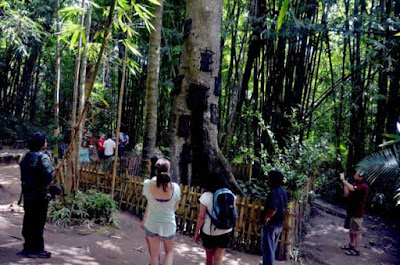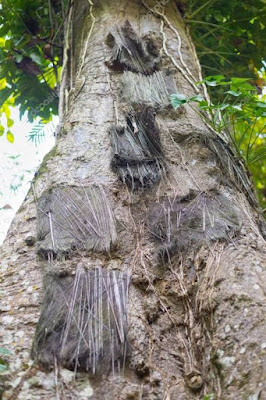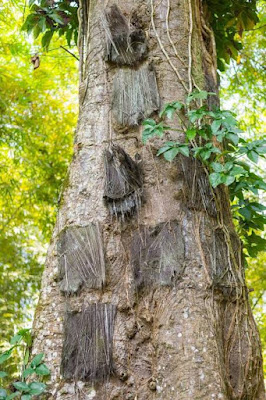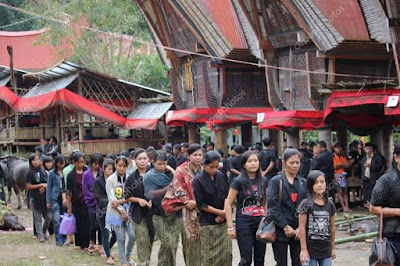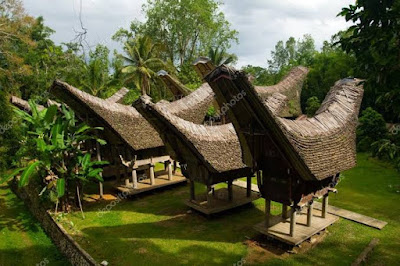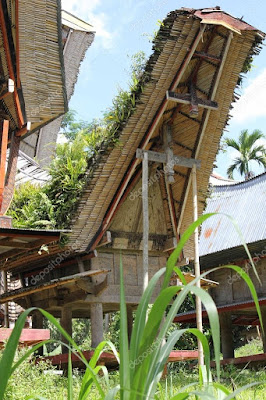7 Facts You Should Know About Baby Graves in Toraja
Tana Toraja is one of the best tourist destinations in South Sulawesi. From Makassar, Tana Toraja can be accessed by two routes, namely land and air. The land route takes a long time, ranging from 8-9 hours. Meanwhile, the flight route from Makassar takes 50 minutes. However, flights are only available on certain days and hours.
The natural beauty and ancestral culture of the Toraja people are their own charm. Entering the city center of Toraja, you will be presented with the splendor of tongkonan houses which are symbols of the wealth of this ancestral tradition.
Do not stop there. You will see various unique things from traditional ceremonies, stone graves, to special baby graves. Yes, Toraja is one of the areas in the world that believes in the sacredness of infant mortality.
Known as Passiliran, this baby grave in Kambira should not be missed while on vacation in Toraja. Containing a profound philosophy, here are seven facts about the phenomenal baby Kambira grave.
1. Infants under 6 months of age
The babies who were buried in particular were babies who died when they were not yet six months old. Babies under six months of age are still considered holy and have no sin at all. So he had to go through a special funeral process to make it seem like he was returning to the mother's womb.
2. Not yet teething
In addition to the age requirements, babies who have not yet grown teeth will participate in the passiliran procession. As with age, babies who have not yet grown teeth are entitled to special burial rights to return to the Creator.
3. Buried in the tarra tree
The tarra tree is the only one chosen for passilliran. This tree is considered the best choice because it has a lot of sap and can stand tall. Length reaches 100-300 centimeters.
4. Buried without a sheet covering the body
Usually, the body will be wrapped in shrouds or put on good clothing. However, babies buried in the tarra tree do not use any cloth. This is believed to be a symbolic that the babies are back in a holy state like in their mother's womb.
5. Performed by followers of Aluk Tolodo
Today, not all Toraja people practice the burial of babies on the tarra tree. This is only done by those who still adhere to the teachings of their ancestors or usually called Aluk Todolo.
6. The position of the tomb is in accordance with the social strata
The funeral procession is quite simple. The tarra tree is perforated to the size of a baby corpse. Then the baby is inserted into the hole provided and covered with anau or palm fiber.
Even though the process is simple, this burial ceremony should not be arbitrary. The Toraja people still believe in the social strata level. So, the higher the social strata of the baby's family, the baby will get the highest place in the tarra tree. Vice versa.
7. Location of the tomb facing the funeral home
Apart from social strata, the next thing that cannot be separated from this burial procession is the location of his grave. The location of the grave is not arbitrary, but must be placed in the direction of the funeral parlor. This is to appreciate the bereaved families.
This procession has always been carried out since the days of our ancestors to this day. Interestingly, although many babies were buried in one tarra tree, the funeral never smelled bad. The community also never runs out of tarra trees for funerals.
